opening hours
Monday closed
Tuesday to Sunday 11 am – 7 pm
Tuesday, 1 July 7 pm > 9 pm
Wednesday, 9 July 7 pm > 9 pm
Wednesday, 16 July 7 pm > 9 pm
book online
last entrance 8 pm
- full price € 15 at the box office - € 14 online
- reduced price € 12 at the box office - € 11 online
– for young people aged between 18 and 25 (not yet turned 25);
– for groups of 15 people or more;
– La Galleria Nazionale, Museo Ebraico di Roma ticket holders;
– upon presentation of ID card or badge: Accademia Costume & Moda, Accademia Fotografica, Biblioteche di Roma, Centro Sperimentale di Cinematografia, Enel (for badge holder and accompanying person), FAI Fondo Ambiente Italiano, Feltrinelli, Gruppo FS, IN/ARCH Istituto Nazionale di Architettura, Sapienza Università di Roma, LAZIOcrea, Palazzo delle Esposizioni, Amici di Palazzo Strozzi, Accademia Nazionale di Santa Cecilia, Scuola Internazionale di Comics, Teatro Olimpico, Teatro dell’Opera di Roma, Teatro di Roma, Università degli Studi di Roma Tor Vergata, Youthcard; - open € 18
valid for one year from the date of purchase
- free
– minors under 18 years of age;
– myMAXXI cardholders;
– on your birthday presenting an identity document;
– upon presentation of EU Disability Card holders and or accompanying letter from hosting association/institution for: people with disabilities and accompanying person, people on the autistic spectrum and accompanying person, deaf people, people with cognitive disabilities and complex communication needs and their caregivers, people with serious illnesses and their caregivers, guests of first aid and anti-violence centres and accompanying operators, residents of therapeutic communities and accompanying operators;
– MiC employees;
– journalists who can prove their business activity;
– European Union tour guides and tour guides, licensed (ref. Circular n.20/2016 DG-Museums);
– 1 teacher for every 10 students;
– AMACI members;
– CIMAM International Committee for Museums and Collections of Modern Art members;
– ICOM members;
– from Tuesday to Friday (excluding holidays) European Union students and university researchers in art history and architecture, public fine arts academies (AFAM registered) students and Temple University Rome Campus students;
– IED Istituto Europeo di Design professors, NABA Nuova Accademia di Belle Arti professors, RUFA Rome University of Fine Arts professors;
– upon presentation of ID card or badge: Collezione Peggy Guggenheim a Venezia, Castello di Rivoli Museo d’Arte Contemporanea, Sotheby’s Preferred, MEP – Maison Européenne de la Photographie;
Collection
MAXXI’s Collection of Art and Architecture represents the founding element of the museum and defines its identity. Since October 2015, it has been on display with different arrangements of works.








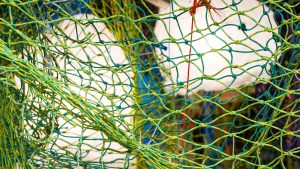













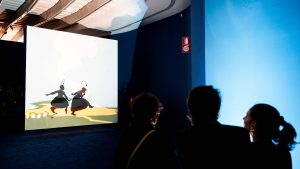







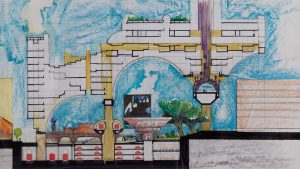



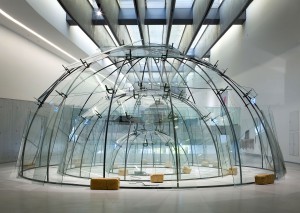











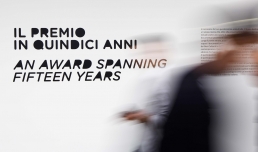


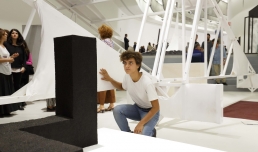







Gallery 3
curated by Giulia Ferracci
A great gilded monolith, a televisual carousel, an overlaying of architectures and a cosmic landscape: the site-specific installations of the finalists of the Premio MAXXI 2016 – Riccardo Arena, Ludovica Carbotta, Adelita Husni-Bey and ZAPRUDER filmmakergroup – on the basis of which an international jury, composed by Hou Hanru, Adelina von Fürstenberg, Matteo Garrone, Francesco Manacorda, Anna Mattirolo e Elena Kontova, will chose the winner of this edition.
The work of the winning artist will subsequently be acquired as a valuable part of the museum’s permanent collection. The exhibition will begin with the film Zeus Machine by Zapruder, , inspired by the Twelve Labours of Hercules, reflects on the identity of modern society through the reinterpretation of the legend. It then continues with La Luna in Folle by Adelita Husni–Bey, an installation conceived as a television set in which the contents of some of the best-known programmes are reworked by local theatrical companies. Ludovica Carbotta presents Monowe (the City Museum) a fragment of an imaginary building, a museum within the museum, in which fiction and reality are combined in an atemporal scenario. The exposition then concludes with Orient 1 — Everlasting Sea by Riccardo Arena, , an atlas without geography that explores a “terra incognita”, combining as mirror images the lunar and terrestrial cartographies, overturning distances and landscapes.
WINNER
The winner of the eighth edition of the Premio MAXXI is the collective ZAPRUDER filmmakersgroup: D: David Zamagni, Nadia Ranocchi and Monaldo Moretti with the work Zeus Machine:
For the solid creative process, the completeness and the maturity of a work capable of traversing the idioms of performance, theatre, design and film as a sign of its roots in Italian culture; for the capacity for overcoming geographical limits, transforming a local identity into a universal message in an experimental and innovative manner.
MENZIONE SPECIALE
The Special Mention goes to Ludovica Carbotta, with the work Monowe (the City Museum):
For the maturity achieved in the interpretation of the museum space, reconsidering its role and function; for the research into materials that has allowed them to become the expression of an idea, of a concept; for the powerful evocation between a physical place and an imaginary territory.
IL PREMIO IN QUINDICI ANNI
The Premio MAXXI, created to nurture the development of young Italian art, is now in its in 15th year and on the occasion of this anniversary the exhibition of the finalists has been enriched with a documentary section devoted to the eight previous editions featuring archive materials, photographs and videos from the museum, from Mibact and from the Archivio Careof, regarding the 35 artists who from 2001 to the present have participated in the prize.
THE SELECTED ARTISTS
RICCARDO ARENA
LUDOVICA CARBOTTA
ADELITA HUSNI–BEY
ZAPRUDER